Guatemala Antigua Flower God Coffee Bean Flavor Taste Characteristics Guatemala Coffee How to brew good to drink
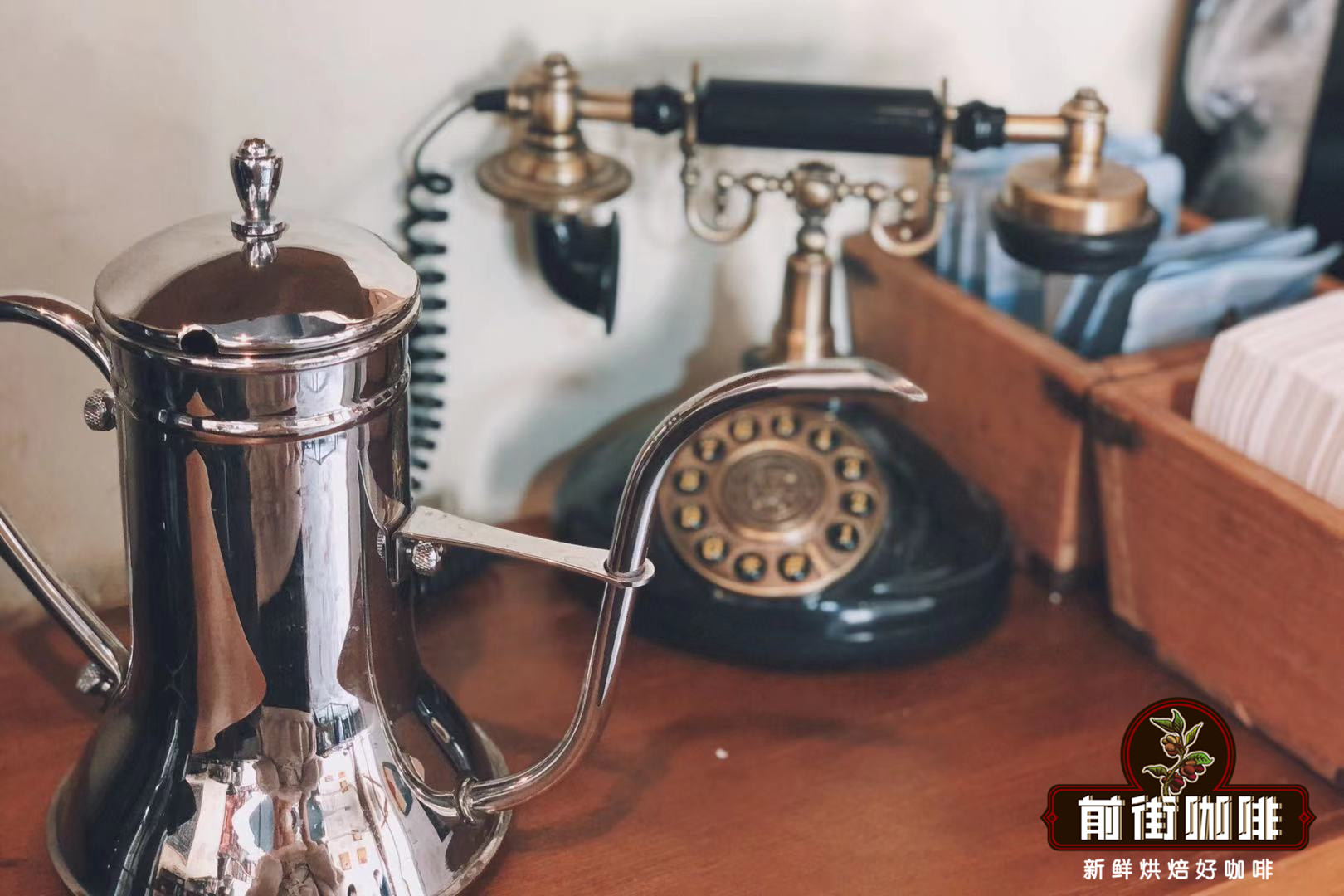
Every coffee producing area in Guatemala has such a unique flavor that the president of Maruyama Coffee once said, "if I can only be allowed to buy coffee beans from one country, I will think of Guatemala first." Why does Qianjie Coffee keep digging coffee beans from all over the world? Because Qianjie Coffee believes that only by tasting and comparing more beans, can we better understand the flavor of different producing areas, so that coffee lovers can know more about their favorite coffee.
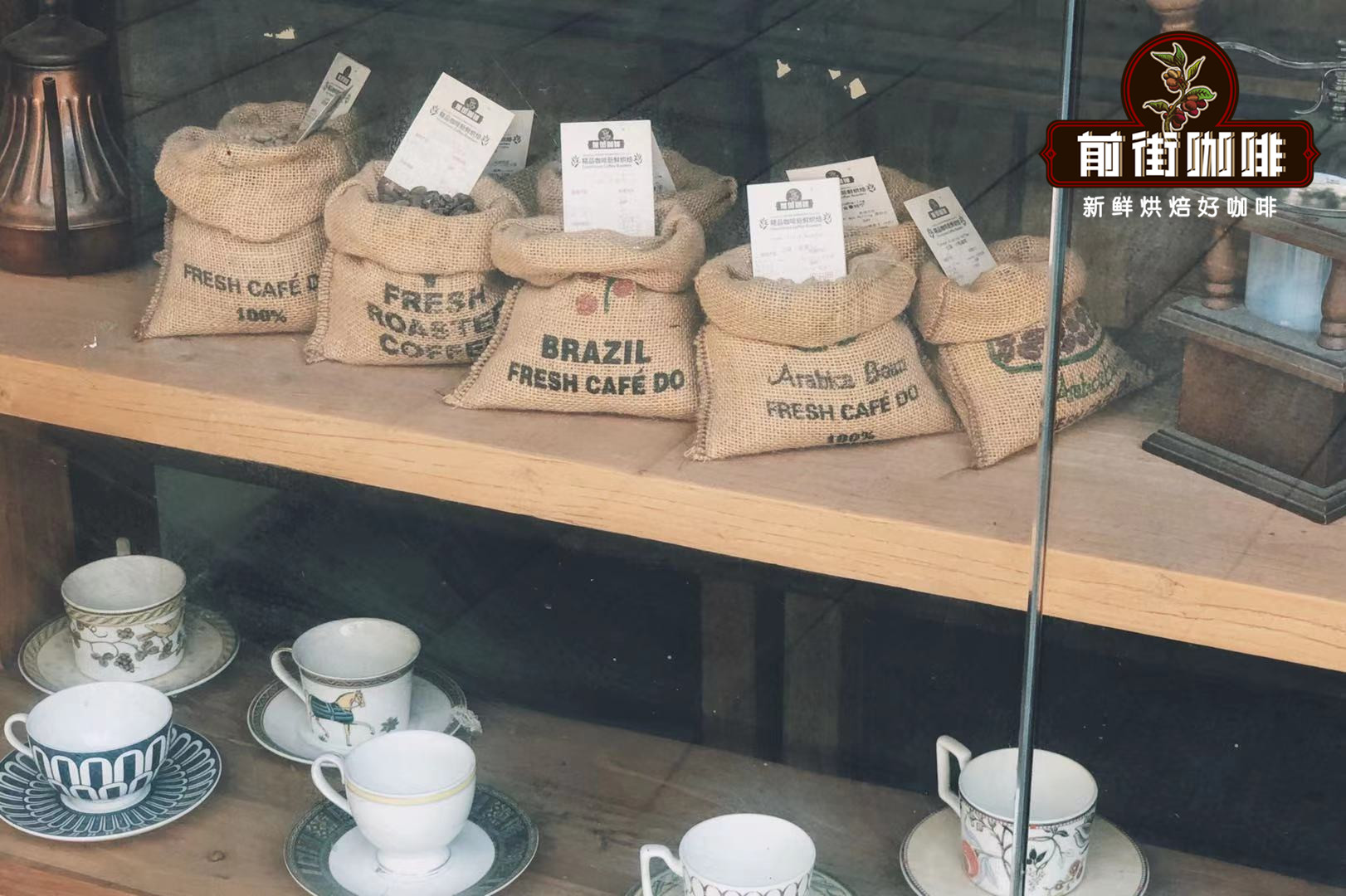
A brief history of coffee beans in Guatemala
Coffee trees were introduced to Guatemala in 1750, where coffee became an important cash crop in 1845, and the coffee industry was developed by German colonization at the end of the 19th century. Today, most of the coffee industry's production takes place in the south of the country. The slopes of Mount Madre provide ideal conditions for growing high-quality coffee beans, and coffee growing at high elevations is full of vitality. Compared with other kinds of coffee, tasters prefer this mixed flavor coffee with spicy flavor. The extra-hard coffee beans here are a rare good coffee with full grains, delicious taste and balanced acidity. In addition, its giant coffee beans also make Guatemalan coffee a lot of attention. The coffee industry, which once made the country prosperous, still dominates the national economy. Unfortunately, the domestic political situation is not good for coffee growers. High output is usually a sign of a country's overall economic prosperity.
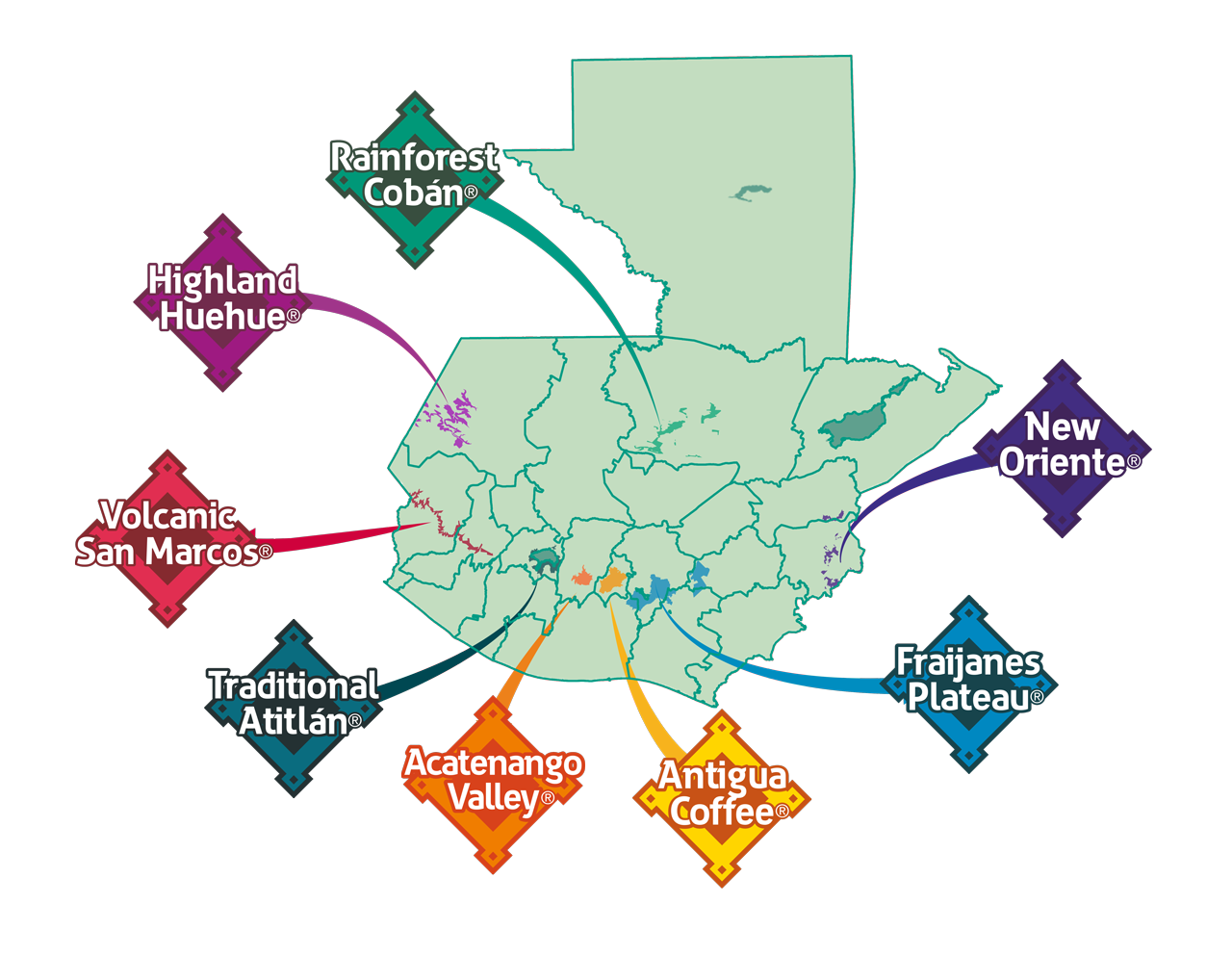
There are many mountain and plateau topography formed by volcanoes in Guatemala, which produce high-quality alpine hard beans from Central America. The main coffee producing areas in Guatemala are Antigua, Huehuetenango, Atitlan, Coban, Fraijanes, San Marcos and Acatenango. All the Guatemalan coffee beans are Arabica.
Guatemalan coffee has always been the lifeblood of Guatemala's economy, and half of the work force in the country is agricultural workers. The country's coffee-producing areas are home to tropical rain forests, volcanic geology, plateau valleys, and the neighboring Atlantic and Pacific oceans, which interweave more than 300 kinds of microclimate, thus creating a unique flavor in different regions. Among them, the coffee from Antigua and Highland Huehue is the most famous. The caffeine planted has a unique climatic region, good acidity and multi-level rich flavor. Most of the coffee produced in Guatemala is graded at altitude and most of the raw beans are washed.
Introduction of Antigua Coffee producing area
Antigua is said to be the birthplace of Guatemalan coffee. Antigua is located in the valley surrounded by three volcanoes (Agua, Fuego and Acatenango), among which Volcan Fuego is an active volcano! As a result of irregular outbreaks, the soil in this producing area is rich in minerals, and there are also a large number of primeval forests in the producing area, so that the soil is rich in potassium ions, and the two add up to an endless stream of nutritious and healthy growth of coffee plants in Antigua. The climate here is mild all the year round and has a stable humidity (65%), which makes it the most suitable place to grow coffee, and the local climate change is not as extreme as in other areas during the dry and rainy seasons. causes coffee to grow slowly in valleys above 1500 meters above sea level. Because Antigua is a closed valley, it avoids serious soil erosion. All the unique environment, so that Antigua always maintain a stable and excellent quality.
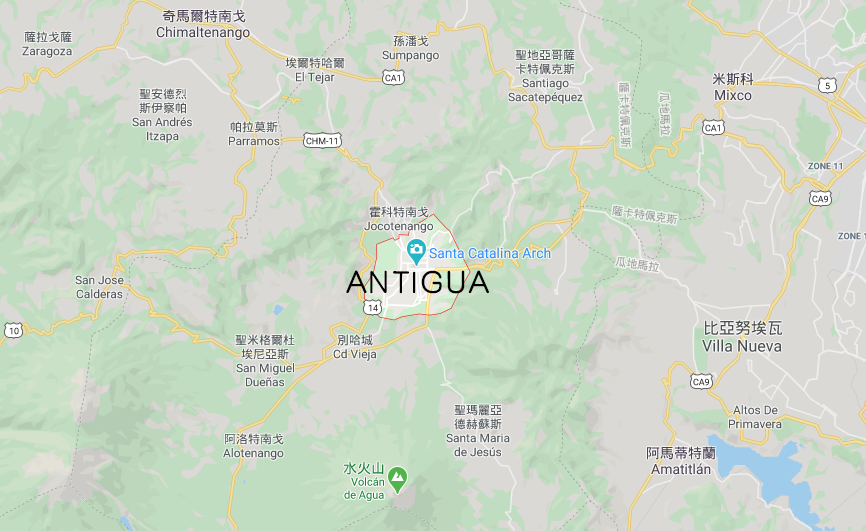
Guatemala Antigua (Antigua) coffee has volcanic soil, the special soil makes this coffee unique flavor, tobacco taste is extremely fascinating, rich and varied acid excellent sweet taste. Coffee beans have unique planting conditions, can produce complex and delicate volcanic coffee, with ripe berry aromas, strong and strong, slightly acidic taste, supple bitterness and charming tobacco flavor make the taste more rich and rich.
Altitude: 1500-1700 m
Annual rainfall: 800mm to 1200mm
Average temperature: 18: 22 ℃
Relative humidity: 65%
Harvest season: January to mid-March
Soil: volcanic pumice
Main drying method process: sunshine
Shade species: Gravilea
Main topography: volcano, valley area
Coffee flavour: elegant and well-balanced, with rich aroma and extremely sweet taste
La Minita Coffee planting
Raminita is famous for its excellent planting, processing technology and extremely strict quality control. according to such standards, they entrust Las Pastores, the largest water washing plant in Antigua, to handle raw beans and name the coffee beans Hua Shen. in addition to retaining the original flavor of the producing areas, the dry aroma has a strong aroma of flowers and tea. after the entrance, the sour and raspberry aromas of lime are converted to the aftertaste of honey. Excellent cleanliness and rich sense of hierarchy are the characteristics of this flower god.

Raminita does not use pesticides, and because of the climate and altitude formed by the geographical advantages of the manor, the location limits the number of pests, a small number of pests will not have much impact on coffee trees. At the end of the rainy season, the coffee fruit will ripen immediately, and the green fruit will begin to turn red, but the coffee fruit ripens very slowly and unevenly, not as quickly and consistently as flowering, so the harvest must be handled more carefully. harvest only crimson fruits that are fully ripe.
The fruit of a tree will be harvested up to five times due to maturity. The manor conducts soil tests twice a year to determine how to fertilize, and La Minita manor is very careful when using products that increase yield, about three times a year.
In addition, the application of trace elements such as zinc, boron and copper can provide more nutrients for coffee trees and prevent diseases. Such scientific cultivation and management has created the excellent performance of Huashen coffee flavor and the reputation of the same quality for several years. In accordance with La Minita's famous gatekeeper procedures, strictly supervise the whole process of Huashen coffee from planting to packaging, these complicated procedures are to ensure that the Pastores processing plant provides the best quality, and strict control of the manor's standard operating procedures.
Huasen, a brand of beans owned by La minita, is located in Antigua, Guatemala, a highland surrounded by active volcanoes, 1850 meters above sea level, is the most award-winning and most famous producing area in the country.
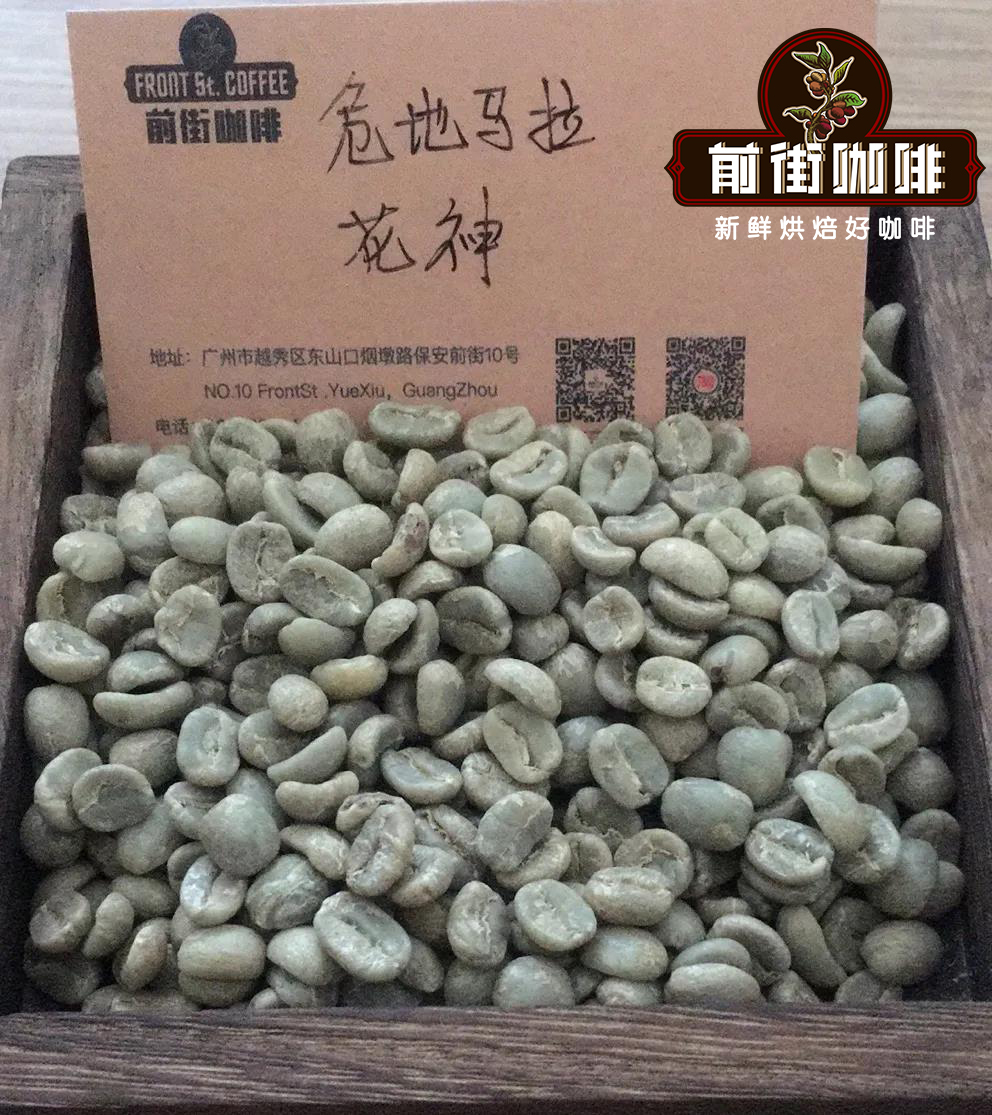
Coffee variety
The coffee varieties purchased from Qianjie Coffee are bourbon and Kaddura. Bourbon is a natural variety of iron pickup, juxtaposed with iron pickup as an ancient variety of good quality, beans are slightly smaller and round than tin pickup. Kaddura is a natural variety of bourbon with fresh lemon and citrus acidity on the palate and slightly less sweetness than iron pickup and bourbon.

Kaddura has a sour taste of lemon or citrus, which is not as sweet as Tibica and bourbon in terms of sweetness, because Kaddura's sweetness depends on the number and dose of fertilizer applied by growers, and has high production capacity, but continuous fertilization and pruning are necessary to maintain production capacity, so the trees are short and branched. Although production capacity has increased, production is still limited because it takes two years to harvest and the cost of care is high.
Treatment mode
1. The Flower God purchased in Qianjie Coffee is washed. First of all, pour the picked coffee cherries into a large tank, the underdeveloped inferior beans will float to the surface, and the mature and full fruits will sink to the bottom of the water. At this time, the defective beans (fruits) floating on the surface will be removed.
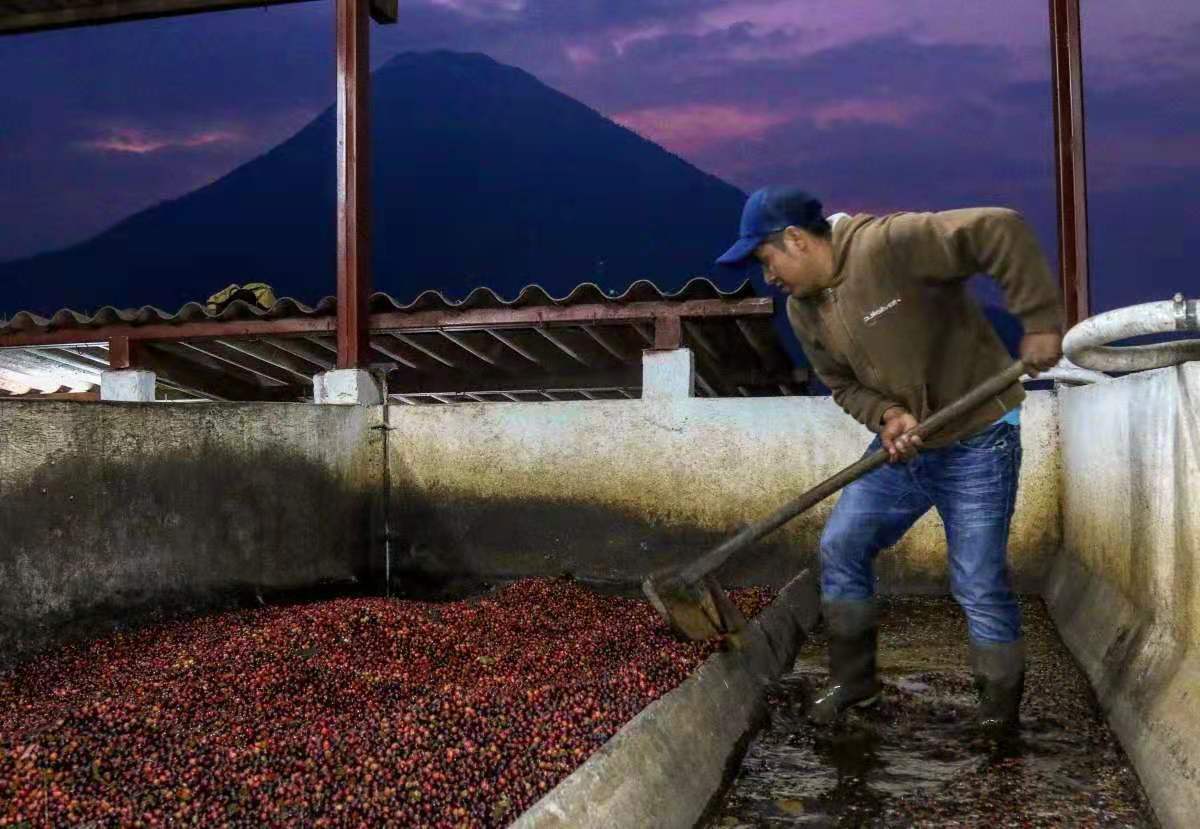
2. Then use the pulp sieving machine to remove the exocarp and pulp of the coffee fruit, when the coffee beans are still attached to a layer of slippery pectin.
3. Then put the coffee beans with pectin in the fermentation tank for 16-36 hours, during which the microbes will decompose the pectin. After the fermentation is completed, a large amount of water is used to remove the pectin residue from the coffee beans.
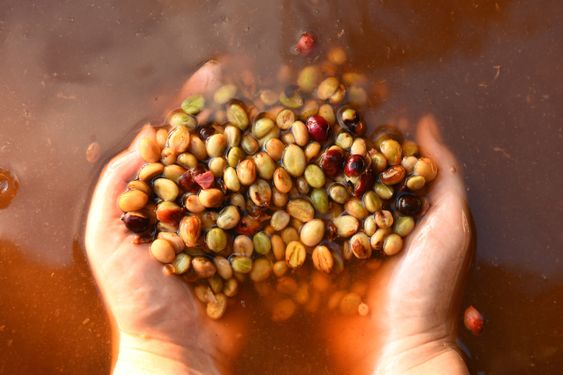
4. Finally, the washed coffee beans are dried so that the moisture content is reduced to 1014%. Then use the peeling machine to remove the endocarp, that is, to complete the processing.
Baking analysis
This Guatemalan coffee bean has a round body, yellowish green, good evenness and medium moisture content. The goal of Qianjie coffee roasting is medium roasting. On the one hand, it retains bright acidity to show flower and fruit aromas, and on the other hand, it enhances richness and balance.
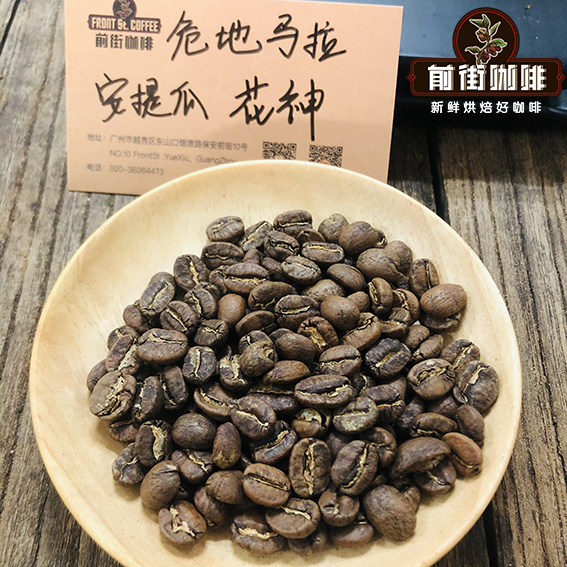
In the first batch of baking, the lower bean temperature is relatively high, the bean temperature is 200 degrees, and the firepower is also relatively high. In the process of baking, it is found that this bean has a higher altitude and harder bean quality. in order to retain more sour aroma, the baking method of pulling high temperature and early explosion is adopted to adjust the firepower before the bean enters the yellowing point, dehydration and explosion to avoid the burns of the bean surface, and choose to come out of the oven in 1 minute and 50 seconds after the end of the explosion to shorten the caramelization reaction time and retain more flower and fruit fragrance.
Cooking parameters
Grindability: the screen head of No. 20 screen passes 80%.
Filter cup: V60 filter cup
Powder quantity: 15g powder
Water temperature: 90 degrees
Powder / water ratio: 1:15

Washing and cooking technique
Segmented extraction
Steam with 30 grams of water for 30 seconds, small flow circle injection to 125 grams, continue to inject water to 225 grams when the water level is about to be exposed to the powder bed, remove the filter cup when the water level is about to be exposed to the powder bed, and the extraction time is 2 minutes.
Flavor description
This Guatemalan Flower God water wash citrus acid is more obvious, sour juice, rich floral aroma, pleasant sweetness, medium mellow, slightly caramelized and smoky in the back, pure, mild and smooth texture as a whole. the taste is balanced, lively and varied.
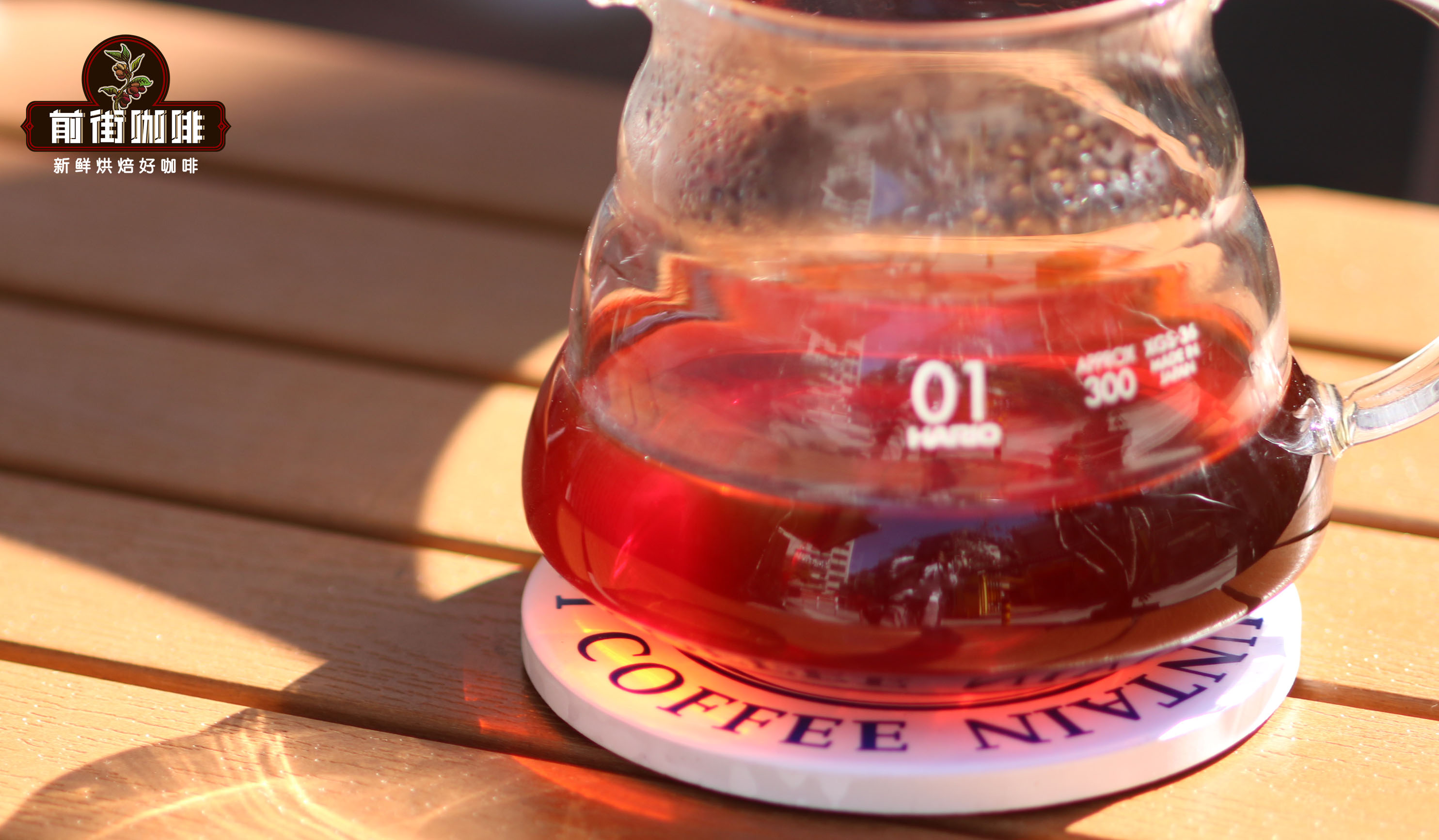
Professional coffee knowledge exchange more coffee bean information please follow the coffee workshop (Wechat official account cafe_style)
For more boutique coffee beans, please add private Qianjie coffee on Wechat. WeChat account: kaixinguoguo0925
Important Notice :
前街咖啡 FrontStreet Coffee has moved to new addredd:
FrontStreet Coffee Address: 315,Donghua East Road,GuangZhou
Tel:020 38364473
- Prev

What is the function of the flavor wheel? How was the flavor wheel born? What is the concept of flavor wheel?
Professional coffee knowledge exchange more coffee bean information please follow the coffee workshop (Wechat official account cafe_style) what is the role of the flavor wheel? How was the flavor wheel born? What is the concept of flavor wheel? In the 2016 SCA Chronicle, Emma Sage, the association's coffee science manager, and Hanna Neuschwander of the World Coffee Research Institute, take you to explore the new style in depth.
- Next

What is the function of the flavor wheel? How was the flavor wheel born? What's the concept?
Professional coffee knowledge exchange more coffee bean information please follow the coffee workshop (Wechat official account cafe_style) what is the role of the flavor wheel? How was the flavor wheel born? What's the concept? In the 2016 SCA Chronicle, Emma Sage, the association's coffee science manager, and Hanna Neuschwander of the World Coffee Research Institute take you on the back of the new flavor wheel.
Related
- Detailed explanation of Jadeite planting Land in Panamanian Jadeite Manor introduction to the grading system of Jadeite competitive bidding, Red bid, Green bid and Rose Summer
- Story of Coffee planting in Brenka region of Costa Rica Stonehenge Manor anaerobic heavy honey treatment of flavor mouth
- What's on the barrel of Blue Mountain Coffee beans?
- Can American coffee also pull flowers? How to use hot American style to pull out a good-looking pattern?
- Can you make a cold extract with coffee beans? What is the right proportion for cold-extracted coffee formula?
- Indonesian PWN Gold Mandrine Coffee Origin Features Flavor How to Chong? Mandolin coffee is American.
- A brief introduction to the flavor characteristics of Brazilian yellow bourbon coffee beans
- What is the effect of different water quality on the flavor of cold-extracted coffee? What kind of water is best for brewing coffee?
- Why do you think of Rose Summer whenever you mention Panamanian coffee?
- Introduction to the characteristics of authentic blue mountain coffee bean producing areas? What is the CIB Coffee Authority in Jamaica?

